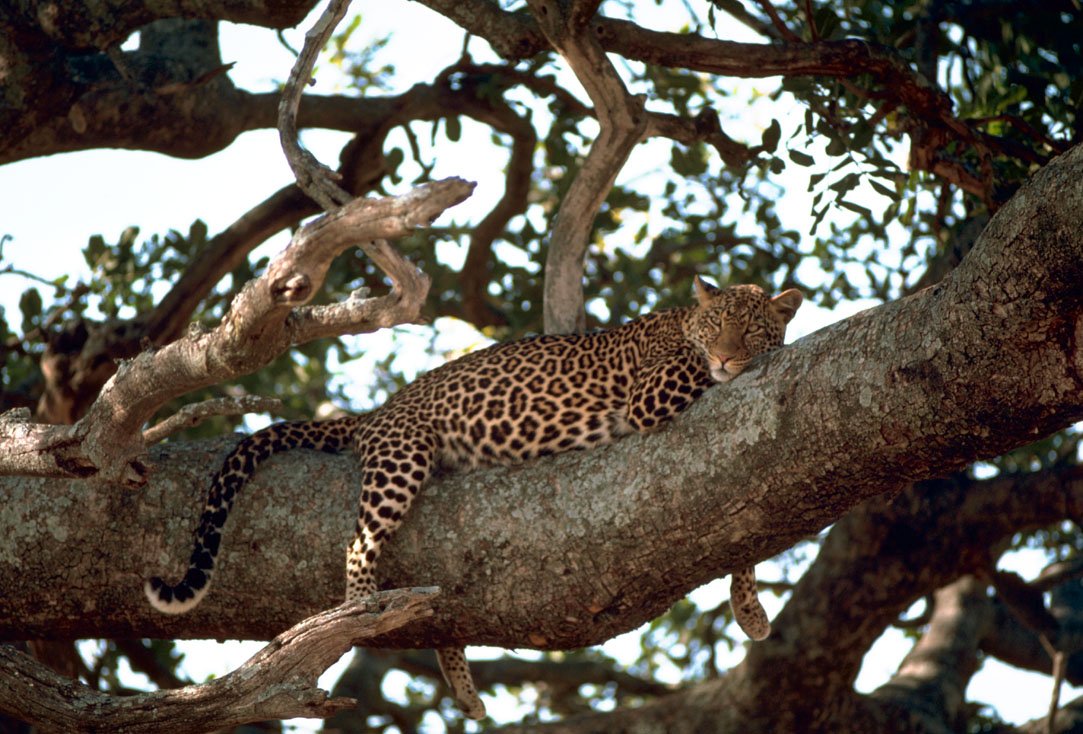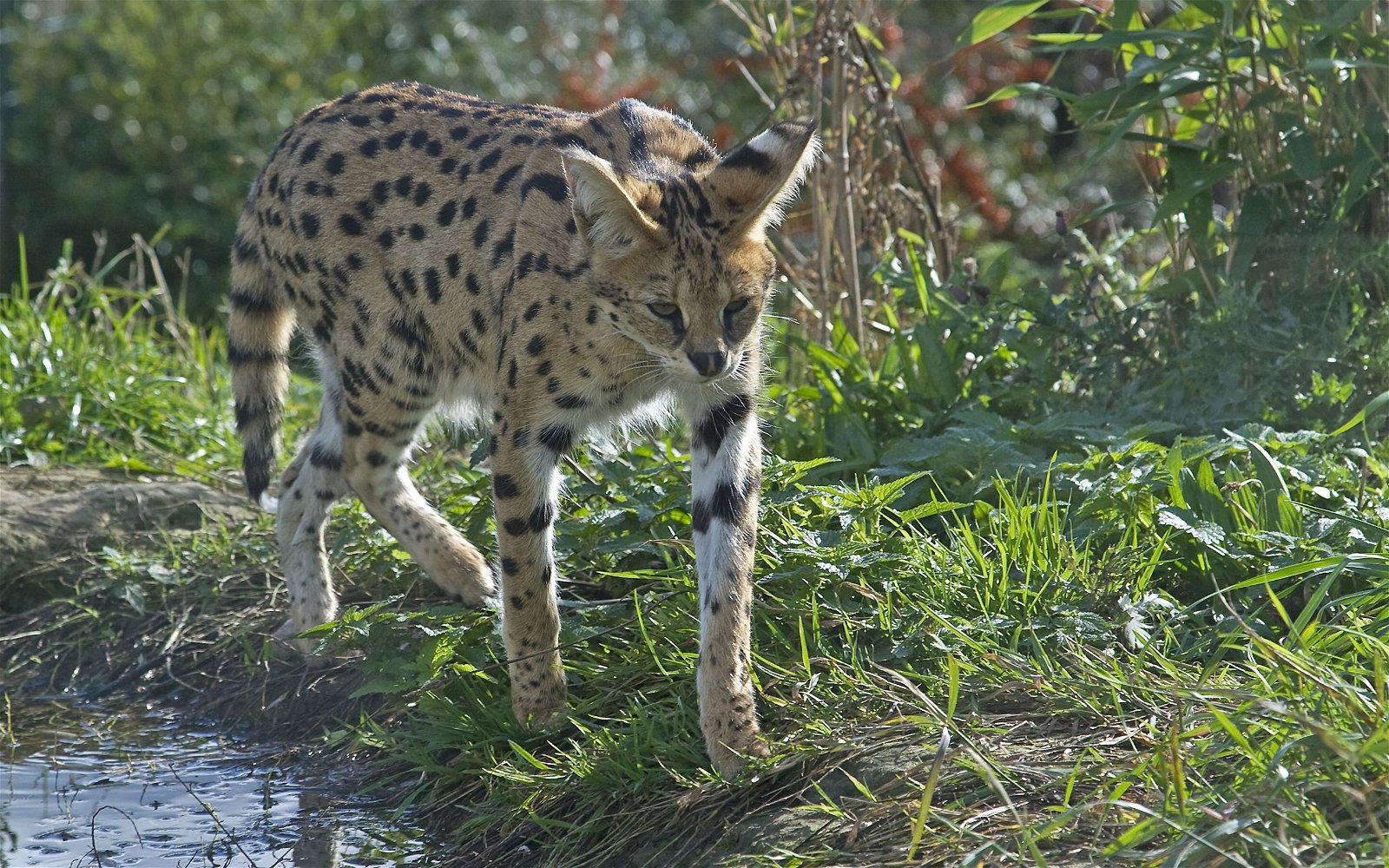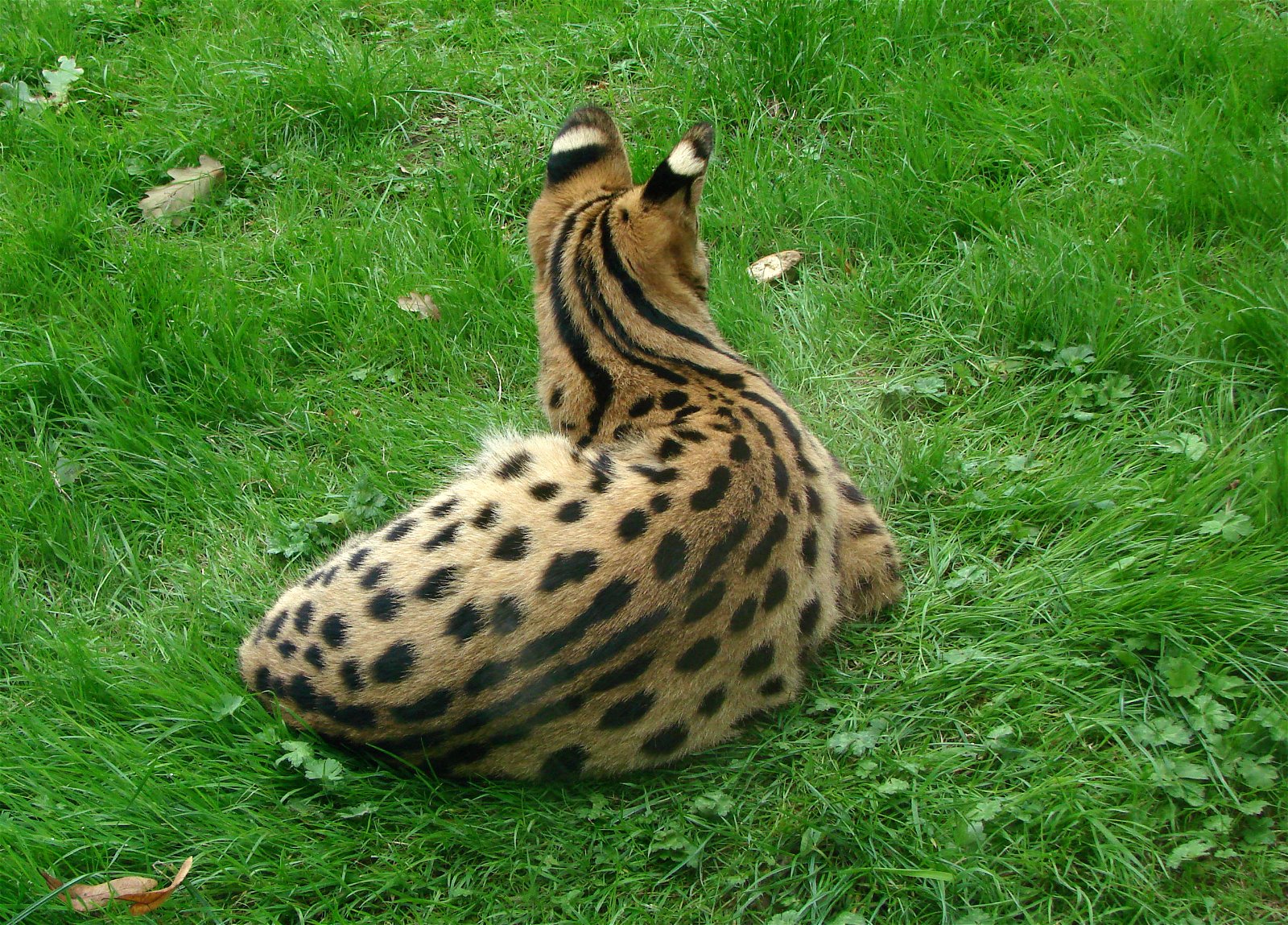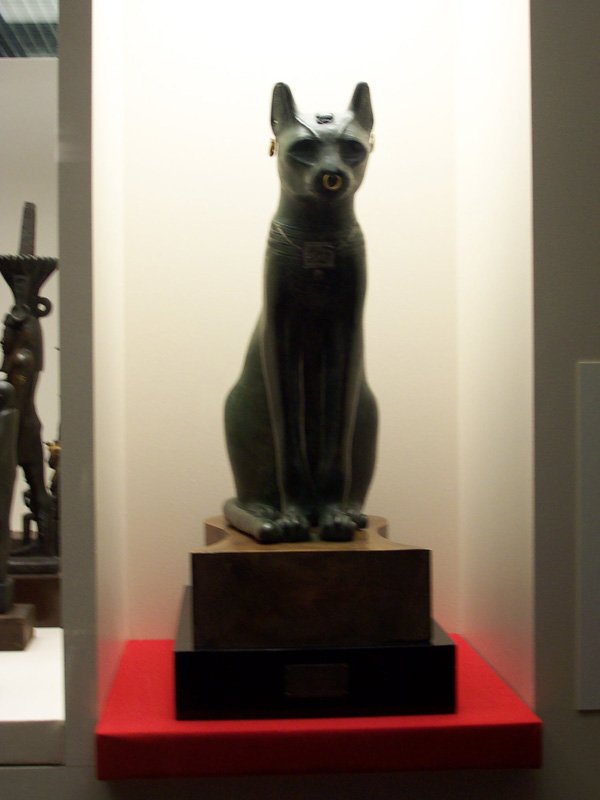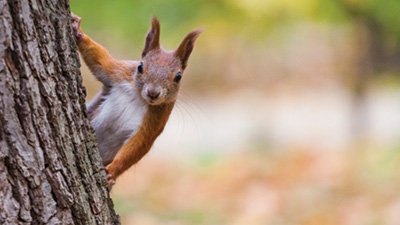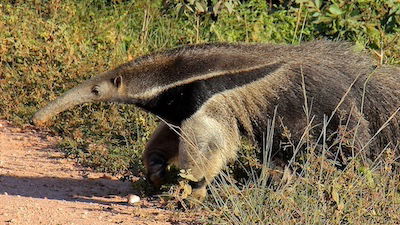
Feedback: Have Domestic Cats Remained Virtually Unchanged for 2,000 Years?
Could enough variation occur in the years since the flood to account for the many species we see today? I started to wonder if this was possible by looking at the cat family. Even just going back about 2,000 years, we find Egyptian sculptures and drawings of domestic cats who look nearly, if not identical to the domestic cats we see today. If domestic cats have not changed any significant amount in the last 2,000 years, how can we assume that they would have the previous couple thousand going back to the flood? If two members from the cat kind on the ark were able to produce all of the species of cats, whether how large or small that we see today, would it not be reasonable to assume that we should see a difference in the species of cats from approximately 2,000 years ago? – S.D., South Carolina
When speaking about the cat kind, we’ve pointed out that, roughly 4,350 years ago, Noah only needed to take a single pair onto the ark and that all cat genera and species have come from that single pair. We’ve estimated that the 37 extant species1 of the cat kind could have easily come about since the end of the flood—only having to average one new species arising every 120 years. But domestic cat breeds are almost double the number of cat species. The International Cat Association (TICA) currently recognizes 71 cat breeds, with many having been bred (artificially selected) in the last 30–40 years.2 There are also several wild/domestic hybrids and a few domesticated breeds not yet officially recognized. One site lists a total of 127 domestic and hybrid breeds.3
So, it can seem almost contradictory when we look at Egyptian figurines, statues, and paintings of domestic cats found in the tombs of Pharaohs and other royalty that often show remarkable stability in their appearance from roughly 1900 BC to the First Century BC. For example, paintings of domestic cats appear in the tomb of 12th Dynasty Egyptian noble Khnumhotep II at Beni Hasan (c.1850 BC),4 the tomb of Menna (c. 1420 BC, Fig. 1 below) the tomb of Nakht in Thebes (c. 1400 BC, Fig. 2 below), the tomb of Anen (c. 1370 BC, Fig. 3 below), the tomb of Nebamun (c. 1350 BC, Fig. 4 below), the Papyrus of Hunefer (c. 1275 BC, Fig. 5 below), the tomb of Sennedjem in Deir el-Medina (c. 1250 BC, Fig. 6 below), and a 19th Dynasty painting (c. 1120 BC, Fig. 7 below) with all the above using conventional Egyptian chronology. Cat figurines appear as early as the blue Egyptian faience cat figurine (Fig. 8 below) dated to 1981−1802 BC, and cats appear on ostracons (pottery fragments, Fig. 9 below), as well as numerous papyri, and as relief figures carved into walls.
Idol Speculation
But we must remember that in Ancient Egypt, animals often were not just drawn for artistic purposes. Nor were they always just meant to be viewed as animals. Some of the paintings (especially in royal tombs) and most of the figurines are not meant to be merely animal (in this case, cat) depictions, but rather the goddess Bast (or Bastet) when she appeared in cat form. In earliest representations, she was depicted as a lioness, but as her cult became more popular, she began to be portrayed more and more as a domestic cat.5 So art began to imitate life. Consequently, there is a stylized but uniform depiction of many of these cats, because they represented something else. The full-cat form of Bastet is usually depicted as a narrow-faced, triangular-headed cat with a slender body and long legs.6 Therefore, simply looking at Ancient Egyptian cat “art” may be painting a slightly false picture of what the domestic cats at the time looked like. That being said, life does sometimes imitate art, as we’ll see below.
Before we get into the history of our domesticated cat, it might be good to make a note here about Ancient Egyptian history. Briefly explained, there is a lot of conflicting evidence regarding conventional Egyptian chronology, which is inflated by several hundred years. But for practical purposes, we’ll primarily use the conventional dating in this article, but in some cases may also list the revised chronology dates for clarity.
Domestic Derivation

Fig. 10. African wildcat via Josve05a, Wikimedia Commons

Fig. 11. Jungle cat via Dr. Raju Kasambe, Wikimedia Commons
The domestic house cat (Felis catus or Felis silvestris catus) derives from other small wild cats. Still, most probably, the original and primary ancestor was the African wildcat (sometimes called the Near Eastern wildcat).7 This cat, which still exists as a wild species, is endemic to the Middle East, Western Asia, and North Africa. The African wildcat (Fig. 10, Felis lybica or as it is more commonly being labeled, Felis silvestris lybica) is a small feline compared to most other African cats (about the size of a large domestic cat). It is short-haired and sandy colored, often with some striping. The Egyptians domesticated it around 2000–1800 BC in a biblical chronology (but secular dates can run as high as 10,000 BC).8 All breeds of the domestic cat are considered as subspecies of the African wildcat. Early on, it appears that the African wildcat hybridized (or was crossbred) with another wild cat native to Egypt, the jungle cat (Felis chau, Fig. 11).9 The jungle cat has a narrower and more triangular face, and its tail stripes are more pronounced, but it usually lacks body stripes. They do occasionally have pale spots on their flanks and undersides.10 Evidence of it being domesticated in Egypt goes back to a burial find in Hierakonpolis, (conventionally dated at 3,700 BC), which includes a femur and a humerus with a healed fracture, indicating that the animal had been tended to for several weeks prior to its demise.11
The hybridization/crossing of those two cats (African wildcat and Jungle cat) produced the Egyptian mau (Figures 12 and 13 below) domestic breed, which still exists today. That is why most early Egyptian paintings, carvings, and sculptures of cats look much the same.12 They were all of the same breed, either a domesticated African wildcat or a domesticated version of the African wildcat/jungle cat cross.13 It was actually the Egyptians who then started crossbreeding (or perhaps merely collected some domestic/wild hybrid animals) these African wildcats and/or Egyptian maus with also native and wild sand cats (Felis margarita, Fig. 14 below), and then later, the more southerly black-footed cats (Felis nigripes, Fig. 15).14 Both still exist as separate wild species.15 This enabled them to get rosettes (a rose-like marking, Fig. 16 below), occasionally seen on black-footed cats (but perhaps best seen on leopards), mottling, and slightly longer hair on their cats (like the sand cat). In most of the later Egyptian paintings, (1200 BC and later conventional dating) the cats are often depicted as having rosettes or spots, rather than being striped. That is almost certainly due to crossbreeding or natural hybridization of the domesticated Egyptian maus with wild black-footed cats (which can have stripes, spots, or rosettes) and/or the medium-sized serval (Leptailurus serval, Figures 17 and 18 below) , which can have and usually has both stripes and spots. The serval might have also been added in to add more angularity to the face and larger ears, both of which appear to have been prized looks by the Egyptians. So, domestic cats quite probably were deliberately bred to resemble artistic representations of Bastet (Fig. 19 below) closely. And as the association of Egyptian maus with Egyptian people grew from the perspective of outsiders, it would have made maus more desirable to the Egyptians as a source of cultural identity and pride. Life did imitate art!
Fallen Idols
After Bastet worship began to fall out of favor in Egypt—during the third Century AD after much of the country became Christianized,16,17 most domestic cats became not prized for angular faces and long legs but instead for wide faces and shorter legs. It seems that about this time, the sand cat replaced the jungle cat as the dominant crossbreed with the African wildcat. In fact, a 2007 study found that the sand cat is the closest outgroup of the Near Eastern (African) wildcat on the basis of morphological and molecular data.18 Of course, cat breeding is now rampant, with close to a hundred different recognized breeds. Some cat breeding (and hybridization) is accomplished by crossbreeding with other domestic cat lines, and others with wild cats like servals, ocelots, caracals, bobcats, lynxes, and margays (these domestic/wild hybrids are usually not recognized by cat breeding and showing organizations until at least the next two generations are crossbred with domestic cats).19

Fig. 20. Savannah via Finiteyoda, Wikimedia Commons
So, to address the contention about “Egyptian cats looking the same for 2,000 years,” there is no surprise in seeing Egyptian cats as not having changed much in art due to the propensity of artistic representation to honor Bastet. But also in real life, as the three main wild species (African wildcat/jungle cat/sand cat) and one later and less-frequent wild species (black-footed cat) that the Egyptians originally domesticated (and/or at least tamed) are still alive today. However, there is also no surprise at seeing so many different breeds (basically artificially selected subspecies) worldwide, as the Egyptians were only working with a small fraction of the animals which had speciated out since the flood. They were only working within a subset (the genus Felis) of the original kind (Family Felidae), at least until they started re-crossing (or utilizing natural hybrids of) their now domesticated cats with another wild cat, the serval (of the genus Leptailurus); which, by the way after it becomes (semi) domesticated is the breed we now call Savannahs (Fig. 20).20 Studies of cat mummies in ancient Egyptian tombs have shown that the African wildcat was the main species mummified. Still, occasionally, Jungle cats (Felis chaus) and servals (Felis serval) are also found. It is possible that large numbers of cats were specially bred and reared by priests to be killed for mummification.21 Given that almost all species of the cat kind can interbreed, and if they were bred and even just allowed to roam freely in Egyptian temples, then hybridization between species (and genera) is almost a certainty.
Cats Big and Small: From the Ark to Africa (and Asia, Europe, and the Americas)

Fig. 21. Asian golden cat via Babirusa, Wikimedia Commons)

Fig. 22. Asian golden cat via Karen Stout, Wikipedia.org
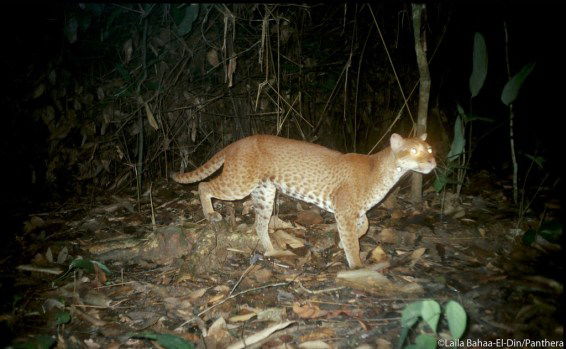
Fig. 23. African golden cat via Forest News
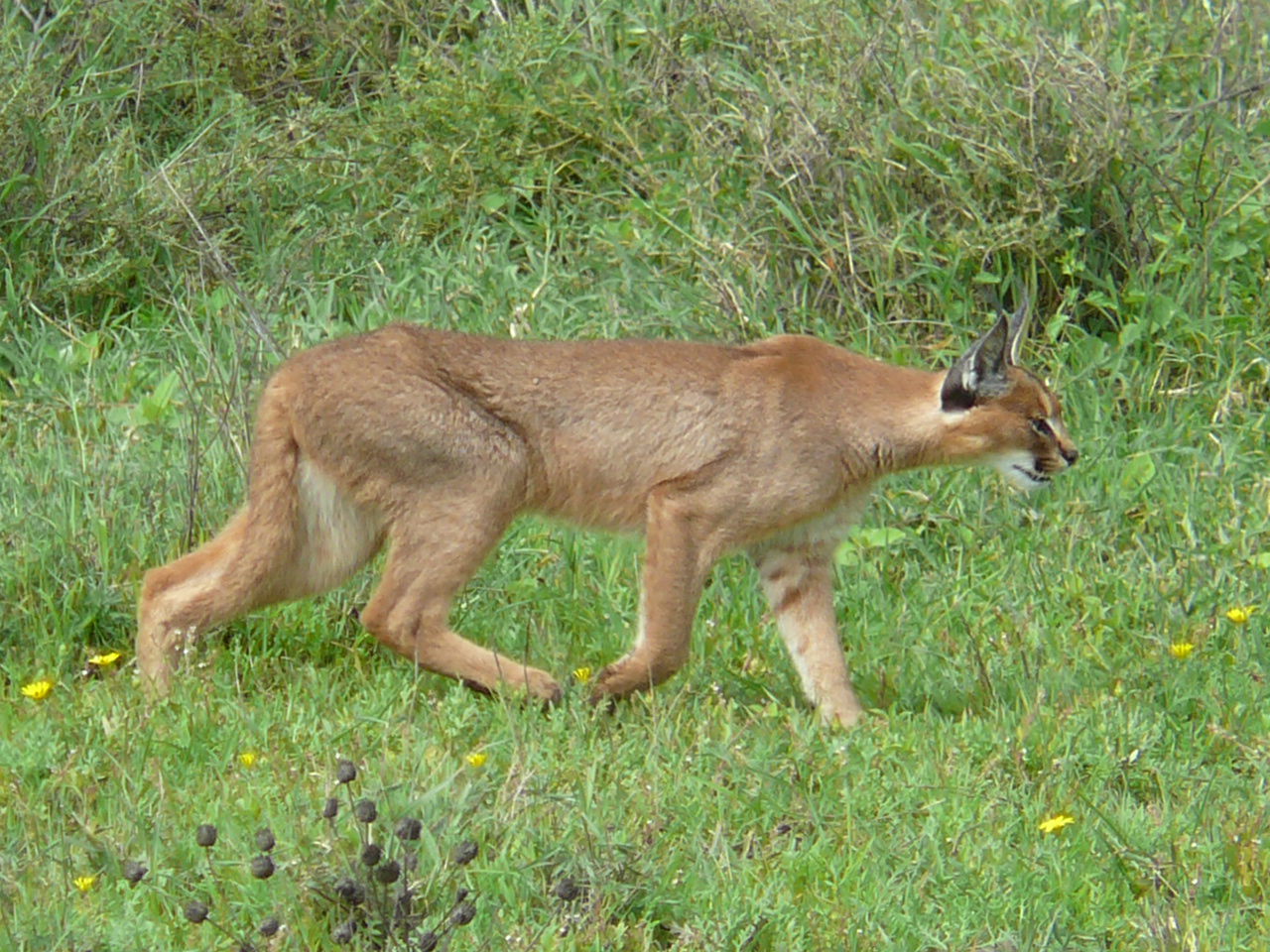
Fig. 24. Caracal via Nick and Melissa Baker, Wikimedia Commons
God created an incredible amount of genetic variety in each of the kinds, including the cat kind. The original cat kind was likely a medium-sized feline. One particularly fascinating candidate is the Asian Golden cat (Figures 21 and 22, sometimes called the Temminck's golden cat). This 42–66 inch (roughly 100–160 cm) cat, including the tail, has a striped face, spots on its underside, especially near the chest, and can have rosettes or no marking on its coat. Its coat color ranges from gray to tan to reddish-brown. Although we cannot be certain what the original cat kind was if we were to theoretically “design” one, the Asian Golden cat would incorporate all the features we wanted—a medium-sized cat with the genetic coding for stripes, spots, rosettes, marbling and/or plain coats. Those coats would have the potential of several different colors. And coincidentally, the Asian Golden cat would probably be the closest midsize cat to the geographical area of where the cat kind would have left Noah’s Ark. A medium-sized created kind is vitally important to later species because we need to be able to have the genetic potential for large cats like tigers and lions, and yet still have reproductive compatibility to produce (for example) Sand cats and African Wildcats.
From the Ararat region, we would expect a medium-sized cat kind to disperse. We would then expect that the Middle East and Africa would be the next area of diversification, due to proximity and also extremely varied environments (savannah, veldt, desert, rainforest, marshes, and mountains). Interestingly, three medium-sized cats call Africa home, the serval as mentioned earlier (striped and spotted), as well as the African Golden cat (Fig. 23) (mostly spotted, but some have stripes on their tails and legs) and the Caracal (usually with no stripes or spots, Fig. 24). As they dispersed from the ark, bred, and migrated—“filling the earth”—they became geographically isolated, and the original created kinds began to speciate. Regarding the cat kind, we already begin to see generation (the biblical kinds at the family level becoming different genera) and speciation as early as the events described in the latter part of the book of Genesis and the book of Job. Genesis 49:9 and Job 4:10–11 both mention lions. Song of Solomon 4:8 and Isaiah 11:6 mention another big cat, the leopard. And both big cats are mentioned several more times in other Scripture. Yet, close to 3,800 years after Jacob prophesied about his sons and one of Job’s “comforters” used lions as a word picture, we still have lions. And we still have leopards 2,700 years after Isaiah mentions them lying down peacefully with young goats. Yet we now have 35 more (besides lions and leopards) wild species of large, medium, and small cats, because they continued to breed and migrate as they covered the earth—just as God promised in Genesis 8:17.
In a nutshell, the genetics of the domestic cat are almost indistinguishable from the African Wildcat— from which it is primarily derived. Even the probable minor contributions from other small- to medium-sized cats did little to dilute the genetic markings of the African wildcat. In early Egyptian tomb paintings and carvings, we see either a domesticated African wildcat or the domestic cat, which is considered a subspecies of the African wildcat. In later Egyptian art, we see some minor variation, mainly due to the influence of the Jungle cat, which, when bred with the African wildcat, produced the Egyptian Mau. That same breed can be seen wandering the streets or hanging out in the homes of Egypt today. Most of the different cat breeds we have today did not come about until the late 19th Century. It appears that most were developed in England and Scotland “based on the writings of English natural history artist Harrison Weir. And in 1871, the first proper fancy cat breeds—breeds created by humans to achieve a particular appearance—were displayed at a cat show held at the Crystal Palace in London. . .”22 While the Egyptians typically favored long-legged, thin-bodied, and angular-faced cats, the rest of the world seemed to fall in love with more-rounded headed cats. Then some even started liking the squat bodies and pushed-in faces of Persian cats—about as far apart from an Egyptian mau as one can get.
Footnotes
- This is the usual number given, but some researchers have 38 species due to splitting the Clouded Leopard into 2 separate species. For the purposes of this article, we will stick with 37 total species.
- The International Cat Association, “Browse All Breeds,” accessed July 2018, https://tica.org/ticas-breeds/browse-all-breeds/.
- Rare and Exotic Feline Registry, “Article V – Breed Recognition,” accessed September 27, 2019. https://rareandexoticfelinereg.homestead.com/Article_V_Breed_Recognition.html.
- A facsimile of that tomb painting can be found here: https://www.flickr.com/photos/egyptexplorationsociety/2417514626.
- Ancient Egypt Online, “Cats in Ancient Egypt,” accessed September 26, 2019. https://ancientegyptonline.co.uk/bast/.
- Ibid.
- Carlos A. Driscoll et al., “The Near Eastern Origin of Cat Domestication,” Science 317, (July 2007): 521, https://science.sciencemag.org/content/317/5837/519.full.
- KU Leuven, "Ancient DNA reveals role of Near East and Egypt in cat domestication," ScienceDaily June 19, 2017, https://www.sciencedaily.com/releases/2017/06/170619125825.htm.
- Ancient Egypt Online, “Cats in Ancient Egypt,” accessed September 26, 2019. https://ancientegyptonline.co.uk/cat/.
- Mark Hunter, “The Great and Lesser Wild Cats of Egypt,” TourEgypt.net, accessed November 20, 2019. http://www.touregypt.net/featurestories/cats.htm.
- WimVan Neer, et. al., “More evidence for cat taming at the Predynastic elite cemetery of Hierakonpolis (Upper Egypt),” Journal of Archaeological Science 45, (May 2014): 103.
- The International Cat Association, “Egyptian Mau,” accessed August 13, 2018, https://tica.org/breed/egyptian-mau/.
- “Cats in Ancient Egypt,” accessed September 26, 2019. https://ancientegyptonline.co.uk/cat/.
- Gang Li, et.al., “Phylogenomic evidence for ancient hybridization in the genomes of living cats (Felidae),” Genome Research, (October 2015): 5–6 (and also Fig. S3, S5A-B, S6, S8 and Table S1). DOI: 10.1101/gr.186668.114.
- Carolin Johansson, “Origin of the Egyptian Domestic Cat,” (Master’s Thesis, Uppsala University School of Engineering, June 12, 2012), 10.
- Joshua J. Mark, “Bastet,” https://www.ancient.eu/Bastet/.
- Johansson, “Origin of the Egyptian Domestic Cat,” 47.
- Driscoll et al., Science 317, (July 2007): 521, https://science.sciencemag.org/content/317/5837/519.full.
- The Wildcat Sanctuary, “Say No to Hybrid Cats,” accessed September 27, 2019, https://www.wildcatsanctuary.org/education/species/hybrid-domestic/what-is-a-hybrid-domestic/.
- Miss Cellania, “8 Cat Breeds with Wild Roots,” Mental Floss, last modified November 4, 2015, http://mentalfloss.com/article/51250/8-cat-breeds-wild-roots.
- Veerle Linseele, Wim Van Neer, Stan Hendrickx, “Evidence for early cat taming in Egypt,” Journal of Archaeological Science 34 (2007): 2082.
- Carlos A Driscoll, et. al., “The Taming of the Cat,” Scientific American v. 300 no.6 (May 2009):75.
Recommended Resources

Answers in Genesis is an apologetics ministry, dedicated to helping Christians defend their faith and proclaim the good news of Jesus Christ.
- Customer Service 800.778.3390
- Available Monday–Friday | 9 AM–5 PM ET
- © 2025 Answers in Genesis














